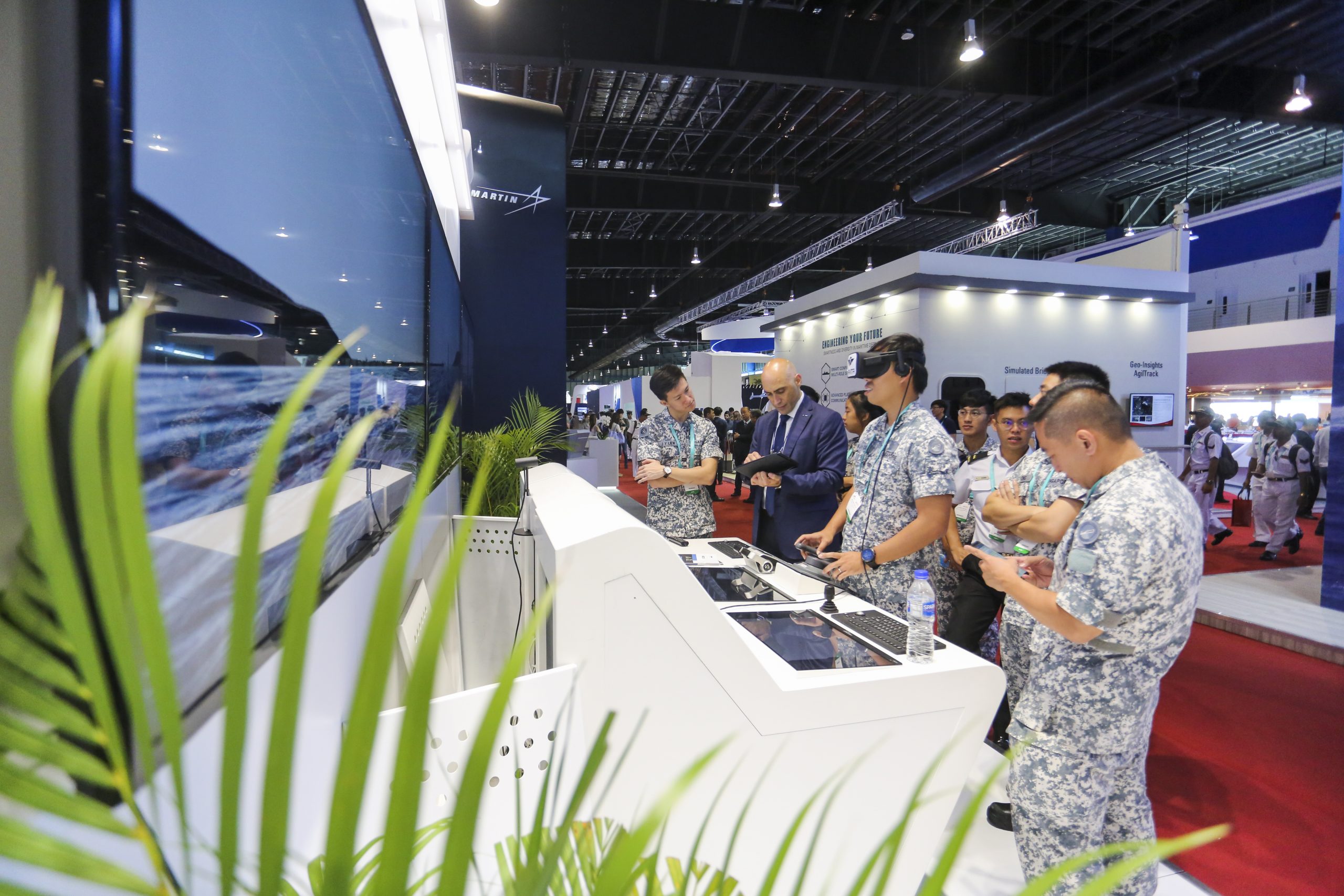Asia Pacific's Leading Naval Defence And Maritime Security Show >
Newsbyte >
The changing face of naval simulation & training
The changing face of naval simulation & training
The changing face of naval simulation & training
INDUSTRY WATCH | 17 NOVEMBER 2020

Military forces consider training delivery under the three domain headings of live, virtual and constructive, and naval forces are no different. To enable these training domains to enhance force readiness, the training pipeline also addresses the need to train individuals, teams and higher-level units such as carrier groups or task forces.
In essence, live training sees personnel interacting with real equipment in the real world; virtual training sees those personnel operating simulators in a virtual world while constructive sees individuals and teams interacting with computers that simulate personnel and assets to train command and staff functions.
As digitisation has changed the face of naval communications, fire control systems, EW and sensors over the past two decades, the use of this data to drive virtual simulation has also become prevalent. Gone are the days of naval training centres being filled with real ships’ consoles that were being stimulated by a very expensive and proprietary combat information centre simulator.
Today, networked, reconfigurable, PC-based simulators are linked to enable training to be delivered that encompasses individual, team, CIC and task force training requirements. Examples of such training environments include the Royal Navy’s Maritime Composite Training System (MCTS) at Portsmouth and Devonport, and the Royal Swedish Navy’s Naval Warfare Training System (NWTS) located at Karlskrona naval base.
Training systems such as MCTS and NWTS enable teams and sub-teams such as EW, sonar and anti-air warfare to operate together in a unified environment. They also provide a certain amount of constructive training to enable the training of senior staff officers and commanders.
Another example of the growth in virtual training can be seen in the area of ship’s bridge simulators. Here, officers of the watch can be trained in a variety of tasks such as coming alongside a vessel to conduct replenishment at sea, navigation in littoral waters or berthing. High-resolution projection systems and the latest image generation systems ensure that such devices provide a rich and high-fidelity virtual training environment that is as close to real-life as possible.
The question is, how close is close enough? Virtual training has many advantages such as cost-saving, providing a safe training environment and allowing instructors to repeat lessons but it can lack the physiological and psychological pressures generated in the live training environment.
These pressures can be largely recreated in live training environments, an example being the German Navy Damage Control Training Centre in Neustadt that provides training for ship’s fires and battle damage leading to water ingress.
In the UK, the Flag Officer Sea Training (FOST) training team is responsible for observing and assessing the surface and sub-surface fleets’ operational preparedness by deploying on-board during exercises prior to the vessel’s operational deployment. The most well-known aspect of this is probably the Thursday War that includes Royal Navy and allied ships taking part in live joint exercises.
As discussed, technology has helped to increase the fidelity of virtual and constructive training but the live domain is still a vital, yet costly, part of the training cycle. Effective training is expensive and governments continue to look at ways to save money. One option is a closer relationship with industry that sees commercial partners supplying assets and increasingly, training personnel.
An exemplar of this approach is the Royal Navy’s Project Selborne that is designed to bring together all aspects of training under a single commercial supplier. These private finance initiative type programmes are long-term commitments between governments and industry. Although increasingly popular, caveat emptor – there is risk on both sides.
By: Trevor Nash, Editor Military Training
Article | Shephard Media
